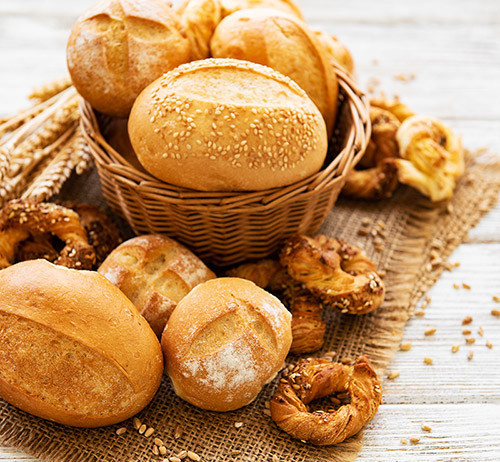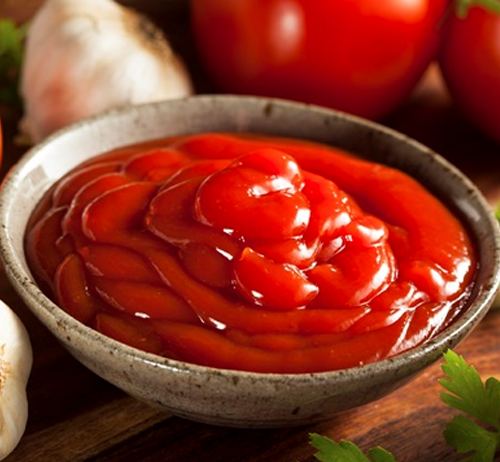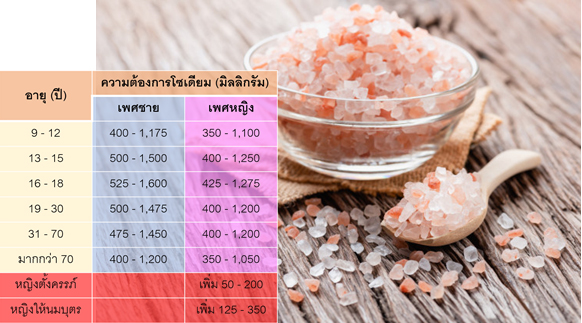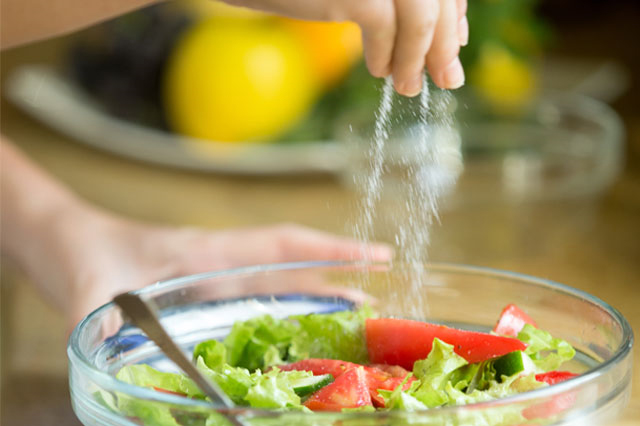We’re drowning in a sea of salt. The FDA says we have to help save ourselves.
I never add salt to my food at home or in restaurants. Nor do I add salt to any recipe while I’m cooking. I’m well aware of the link between salt, high blood pressure and heart disease, which is the leading killer of American men and women.
Yet I am still getting over the recommended daily limit of 2300 milligrams of sodium by eating out or by adding processed or prepared ingredients to the meals I make. Take salad dressing, for example.

“I’ve found salad dressings where a single serving (2 tablespoons) had over 23% of one’s daily value in sodium,” said Dr. Stephen Juraschek, an assistant professor at Harvard Medical School who researches sodium and hypertension.
“Most of my patients do not add salt at the dinner table, but don’t realize that bread rolls, canned vegetables and chicken breasts are among the worst culprits in the US,” he said.

Chicken breasts? Yes, because salt is added in the manufacturing process to plump up the breasts so they look bigger and more appetizing. In fact, hidden sources of sodium are everywhere in our diets, said Dr. Janet Woodcock, acting commissioner of the US Food and Drug Administration, in a media briefing.


“Who would think bread? And yet bread is one of the highest sources of sodium that people are getting,” Woodcock said. “The problem it’s so cumulative: the tomato sauce, the peas, the bread, the salad dressing.
Pretty soon your whole meal has hidden salt in it, and it’s really hard right now for people to manage that on their own.”
Pretty soon your whole meal has hidden salt in it, and it’s really hard right now for people to manage that on their own.”
In fact, more than 70% of the sodium Americans eat comes from what has been added by the food industry to products later purchased in stores or restaurants, according to the FDA.

Voluntary guidelines set
Woodcock and her team at the FDA announced Wednesday they want to help people manage their salt intake by asking the food industry to voluntarily reduce sodium levels in 163 categories of the most consumed processed, packaged and prepared foods.
“The targets seek to decrease average sodium intake from approximately 3,400 milligrams (mg) to 3,000 mg per day, about a 12% reduction, over the next 2.5 years,” the FDA said in a statement announcing the final guidance.
However, five years ago the agency issued draft guidance that set a much lower level: 2300 milligrams, or about 1 teaspoon of table salt. That’s the recommended daily limit set by federal nutritional guidelines and the American Heart Association (people at high risk of hypertension should aim for 1,500 milligrams).

Despite applauding the action by the FDA as a “step forward,” the AHA said the 3,000 mg/day target set for manufacturers was not low enough.
“Lowering sodium further to 2,300 mg could prevent an estimated 450,000 cases of cardiovascular disease, gain 2 million quality-adjusted life years and save approximately $40 billion in health-care costs over a 20-year period,” the AHA said in a statement.
Woodcock said the FDA set the higher levels of 3,000 milligrams to help the public — and therefore manufacturers — wean themselves over time from a preference for higher-salt foods.
source : edition.cnn.com


